Classification of fisheye lensesPaul BourkeJune 2017 See also: Fisheye lens correction
Fisheye lenses are generally radially symmetric and classified by the relationship between the angle of incident light and where it is recorded on the camera sensor. Or, in the case of a projector, the relationship between a source of light on the projector panel and the angle that light is emitted. For historical reasons in order to create optimal results for various industries, there are some mappings that have special names, they are stereographic, equidistant, equisolid and orthographic. These are summarised below where the horizontal x axis is the angle (radians) of incident light on the lens where 0 degrees is along the lens axis. The vertical axis is proportional to the radius on the fisheye image where that light exits the lens. 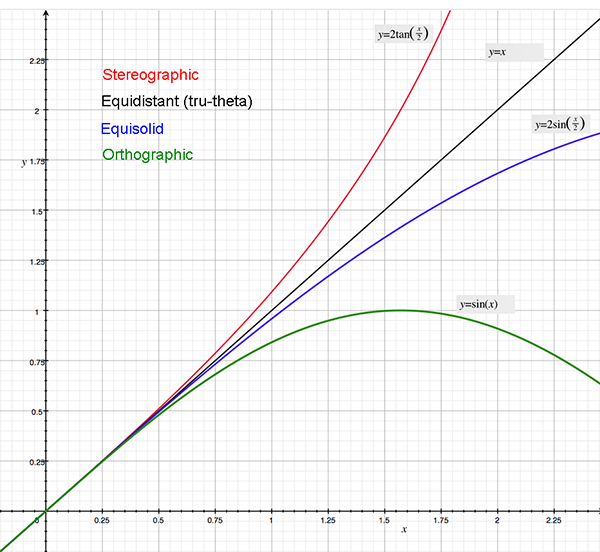
By far most fisheye lenses manufactured today for cameras, and usually with the intent of being mapped into equirectangular images, are of the equidistant type. These are also known as "tru-theta" or "f-theta" or simply what is normally meant by a perfect fisheye mapping. It has the desirable characteristic that there are the same number of pixels per subtended angle on the periphery of the lens as the center, important if the whole fisheye is to be used equally. In practice even if one of these fisheye types is intended there is inevitably some variation away from the ideal due to manufacturing limitation, variability or economic limitations (in general very precise lenses cost more). Fortunately, subject to possible limitations in the maximum angle and consequences for resolution, any of the fisheye types can be digitally converted into any of the others. An example of this to rectify (convert the image from a real fisheye into an ideal f-theta fisheye) is discussed here. Notes
Stereographic
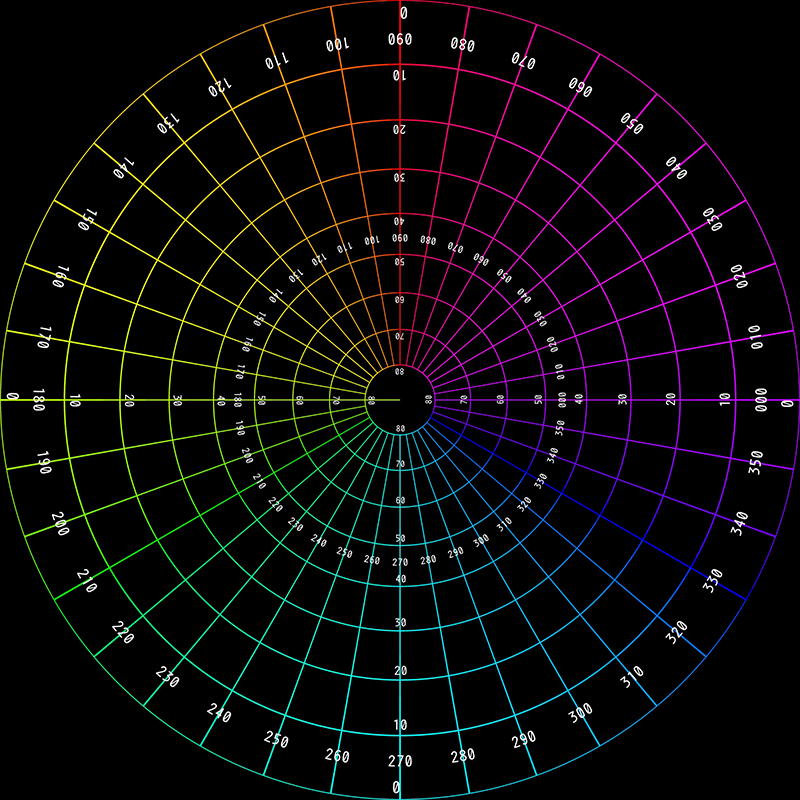
Equidistant
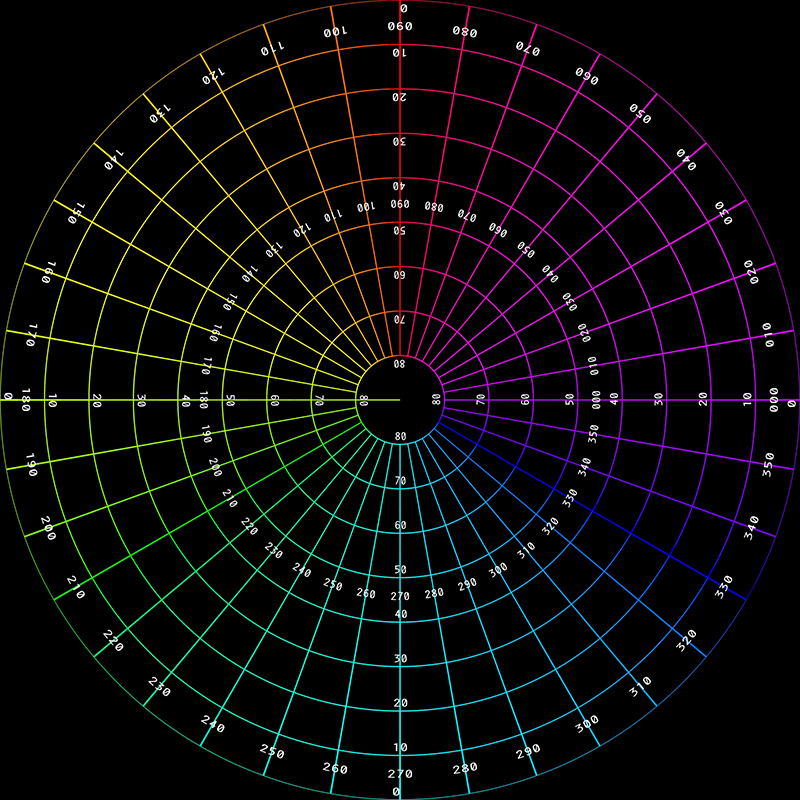
Equisolid
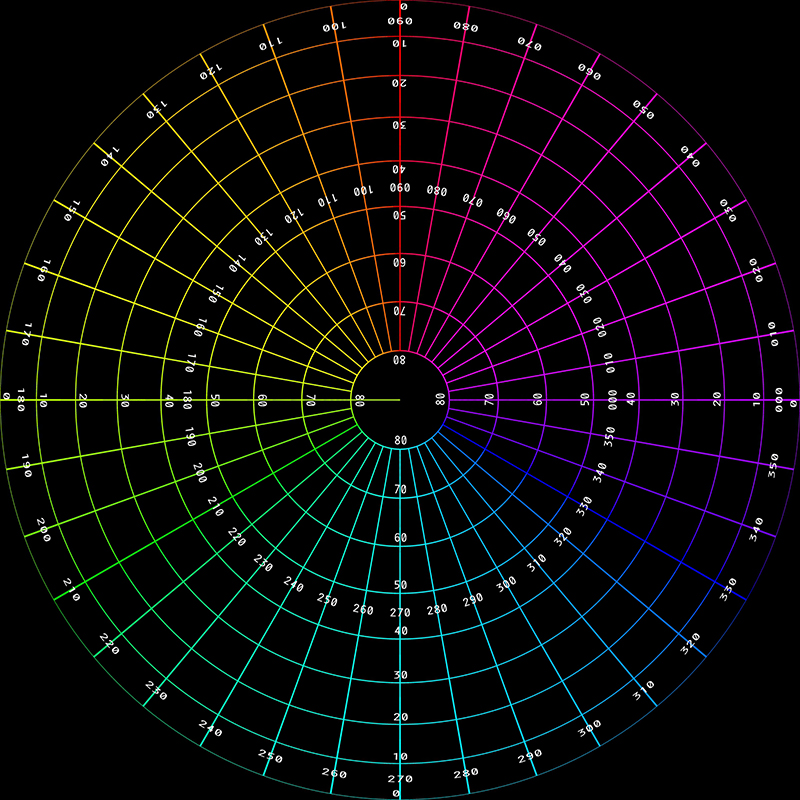
Orthographic
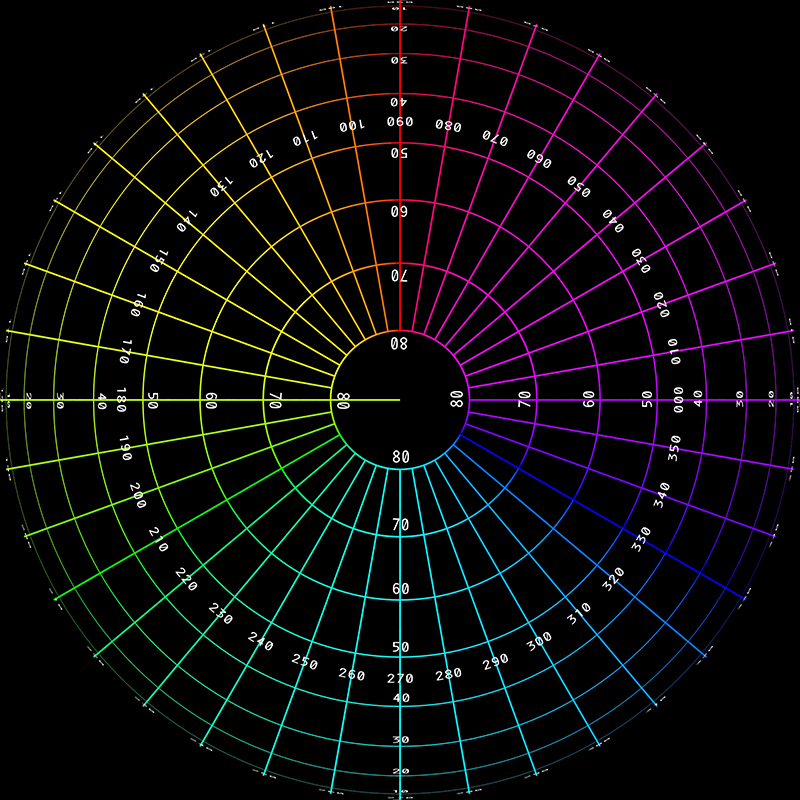
|